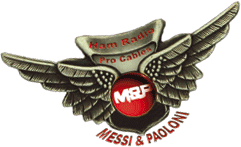



When an alternating signal is transmitted in a coaxial cable, there are losses that increase with the carrier frequency. These losses are transformed into heat by the cable itself. If we put a 1000W CW carrier, in a 15m long cable, ended with an antenna, and we measure an output of 700w in antenna, it means that the cable has to dissipate 20w on every meter (300w / 15m), BUT the maximum heat concentration will be in the immediate vicinity of the amplifier or transmitter.
Use any means to reduce the heat transferred from the amplifier to the connector attached to it, which in turn transfers the heat to the cable inside it. An eccessive intense heating after days of transmission, during contests, can lead to deformation of the dielectric. This will lead to: A) irreversible impedance mismatch, B) increased VSWR, C) dangerous worsening of SRL values (Structural Return Loss) As a result of these factors, in a progressive “avalanche effect”, more and more power will come back. Example: input 3 kW, return 1.5 kW, result 4.5 kW and the dielectric melting will be progressively accelerated.